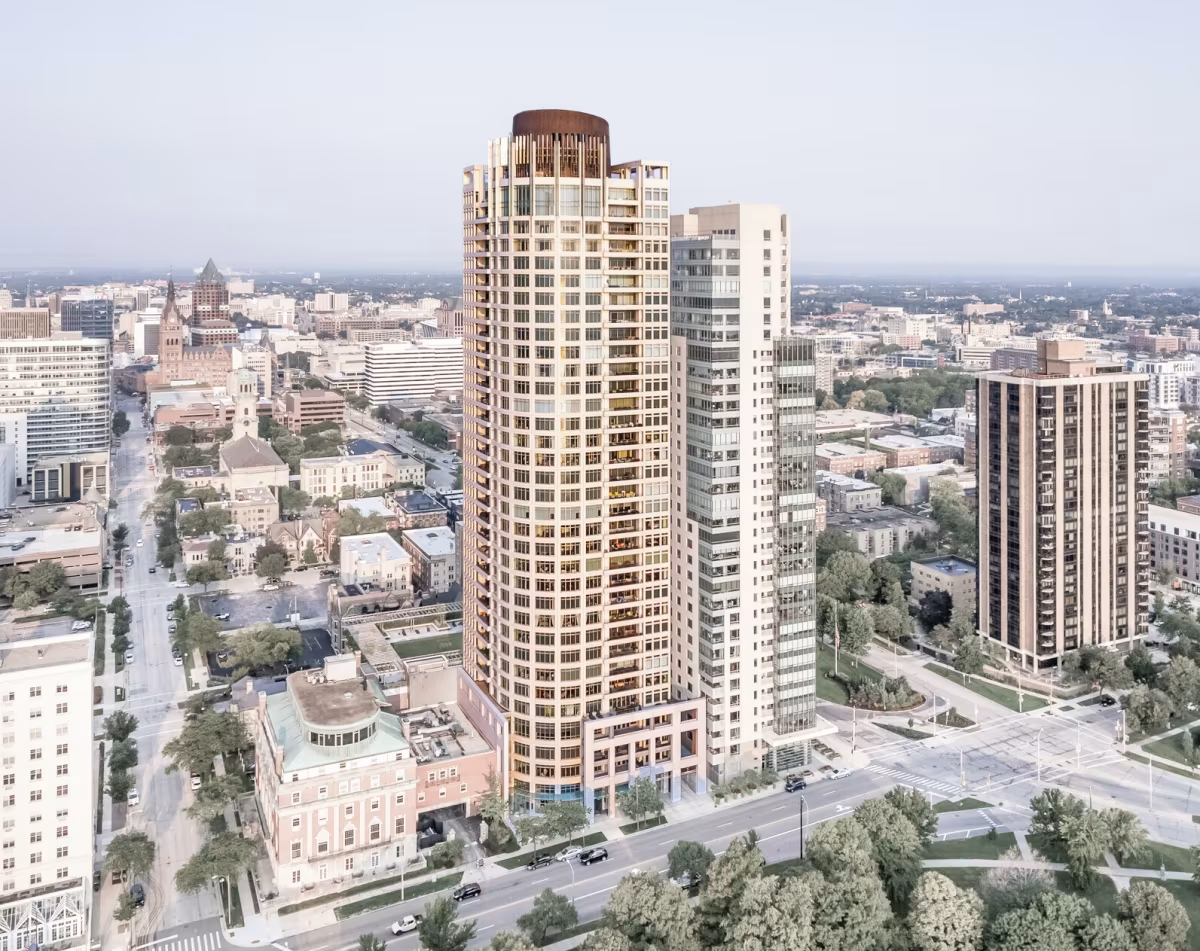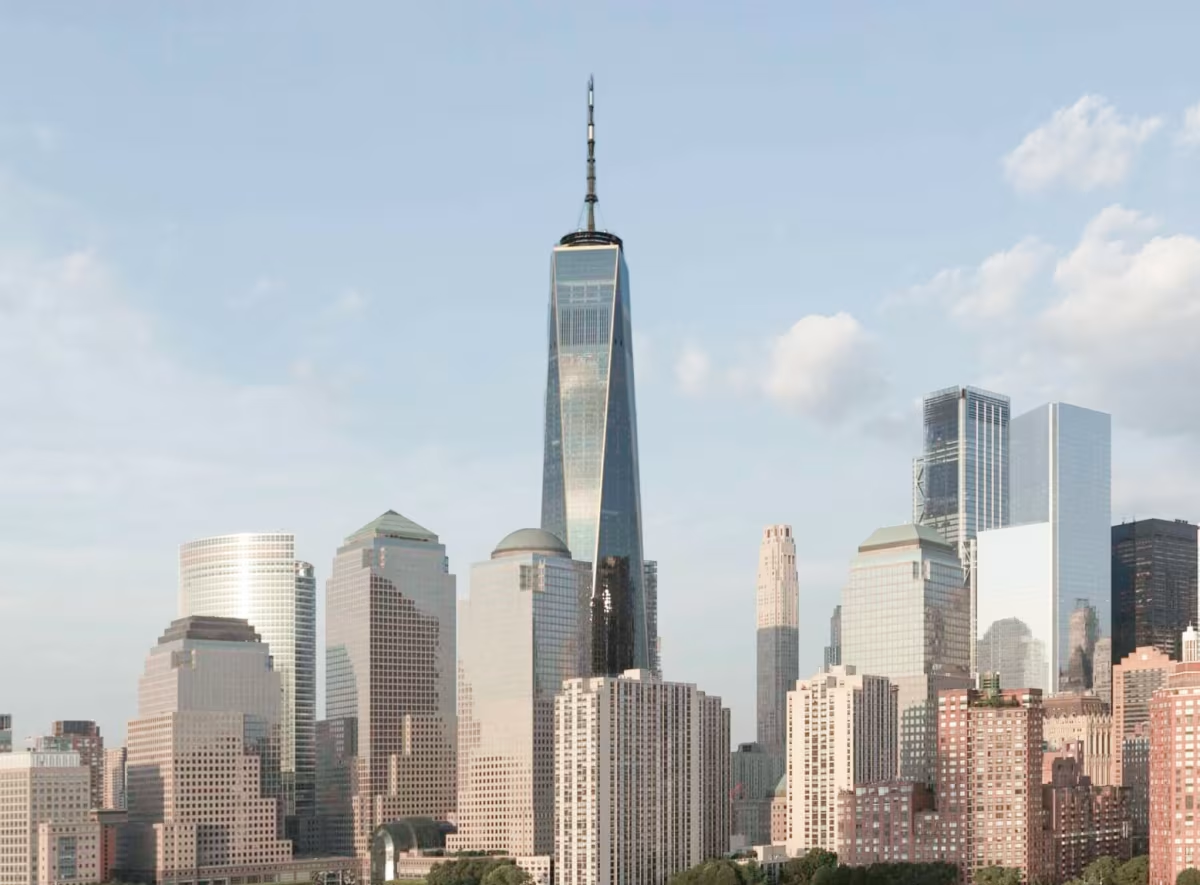University Club Tower vs One World Trade Center


Comparing the University Club Tower and the One World Trade Center is compelling because they were both designed by Skidmore, Owings & Merrill, yet they stand in different cities (Milwaukee, WI and New York, NY), and were completed more than 7 years apart.
What this will allow us to see, is how the same firm's approach adapted to different places at roughly the same time (7 years isn't that much time when it comes to urban context and architecture).
Height & Size
The One World Trade Center is clearly the larger tower of the two, both in terms of height and number of floors. It rises to 1775ft (541m) with 104 floors above ground, while the University Club Tower reaches 446ft (136m) with 34 floors above ground.
Of course, each project may have faced different briefs or regulatory constraints, which we don't really know about and could also explain the outcome.
Architectural Style
Both the University Club Tower and the One World Trade Center were designed in line with the aesthetic conventions of the Contemporary style.
At the time, this style was at the height of its popularity. So Skidmore, Owings & Merrill followed what was in many ways expected at the time, producing designs that fit comfortably within contemporary architectural norms rather, than breaking with convention.
Uses
The University Club Tower is primarily residential, while the One World Trade Center is primarily commercial.
The University Club Tower offers 53 residential units.
The University Club Tower also provides 106 parking spaces.
Structure & Facade
The two buildings opted for different structural and facade solutions.
The University Club Tower uses a Frame system, which relies on a regular grid of columns and beams to sustain its weight, while the One World Trade Center uses a Framed Tube In Tube system, that combines a strong central core with a perimeter tube of columns.
And when it came to the facade, the Modular went with a Modular facade, which employs prefabricated panels, often mixing solid surfaces with smaller windows, while the One World Trade Center opted for a Curtain Wall facade, that uses a lightweight glass curtain wall hung from the structure.
| University Club Tower | One World Trade Center | |
|---|---|---|
| Skidmore, Owings & Merrill | Architect | Skidmore, Owings & Merrill |
| 2004 | Construction Started | 2006 |
| 2007 | Year Completed | 2014 |
| Contemporary | Architectural Style | Contemporary |
| Residential | Current Use | Commercial |
| 34 | Floors Above Ground | 104 |
| 1 | Floors Below Ground | 5 |
| 115 | Last Floor Height | 386 |
| 136 m | Height (m) | 541 m |
| Frame | Structure Type | Framed Tube In Tube |
| Reinforced Concrete | Vertical Structure Material | Steel |
| Reinforced Concrete | Horizontal Structure Material | Poured Concrete Over Metal Decking |
| Yes | Facade Structural? | No |
| Concrete, Glass | Main Facade Material | Glass, Steel |
| J.H.Findorff & Sons | Main Contractor | Tishman Construction |
| Mandel Group | Developer | Port Authority Of New York And New Jersey |
| Skidmore, Owings & Merrill | Structural Engineer | WSP Group |
| WI | State | NY |
| Milwaukee | City | New York |
| 825 N Prospect Ave | Address | 285 Fulton Street |